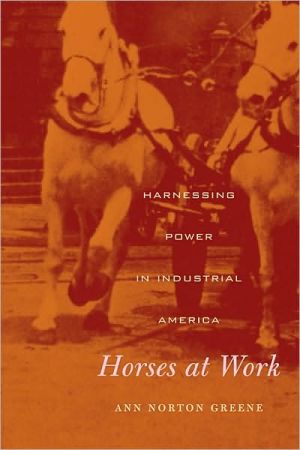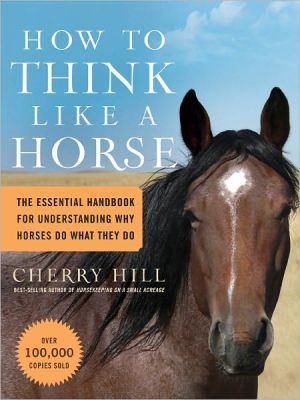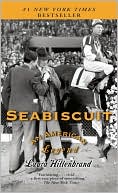Horses at Work: Harnessing Power in Industrial America
Historians have long assumed that new industrial machines and power sources eliminated work animals from nineteenth-century America, yet a bird’s-eye view of nineteenth-century society would show millions of horses supplying the energy necessary for industrial development. Horses were ubiquitous in cities and on farms, providing power for transportation, construction, manufacturing, and agriculture. On Civil War battlefields, thousands of horses labored and died for the Union and the...
Search in google:
Historians have long assumed that new industrial machines and power sources eliminated work animals from nineteenth-century America, yet a bird’s-eye view of nineteenth-century society would show millions of horses supplying the energy necessary for industrial development. Horses were ubiquitous in cities and on farms, providing power for transportation, construction, manufacturing, and agriculture. On Civil War battlefields, thousands of horses labored and died for the Union and the Confederacy hauling wagons and mechanized weaponry.The innovations that brought machinery to the forefront of American society made horses the prime movers of these machines for most of the nineteenth century. Mechanization actually increased the need for horsepower by expanding the range of tasks requiring it. Indeed, the single most significant energy transition of the antebellum era may have been the dramatic expansion in the use of living, breathing horses as a power technology in the development of industrial America. Ann Greene argues for recognition of horses’ critical contribution to the history of American energy and the rise of American industrial power, and a new understanding of the reasons for their replacement as prime movers. Rather than a result of “inevitable” technological change, it was Americans’ social and political choices about power consumption that sealed this animal’s fate. The rise and fall of the workhorse was defined by the kinds of choices that Americans made and would continue to make—choices that emphasized individual mobility and autonomy, and assumed, above all, abundant energy resources. Caleb Crain - New York Times Book Review Greene explains the paradoxical thriving of the 19th-century horse with a pleasing balance of narrative analysis and colorful detail.
List of IllustrationsIntroduction 11 Why Horses 102 A Landscape for Horses 433 Remaking Horses 834 Civil War Horses 1195 Horses as Industrial Workers 1646 Studying Horses 2007 From Horse Powered to Horseless 244Epilogue 275Appendix Horse Population and Power 281Notes 285Index 313
\ New York Times Book ReviewGreene explains the paradoxical thriving of the 19th-century horse with a pleasing balance of narrative analysis and colorful detail.\ — Caleb Crain\ \ \ \ \ \ New York Times Book ReviewGreene explains the paradoxical thriving of the 19th-century horse with a pleasing balance of narrative analysis and colorful detail.\ — Caleb Crain\ \








